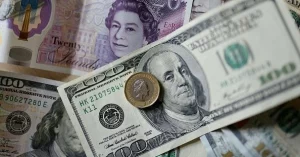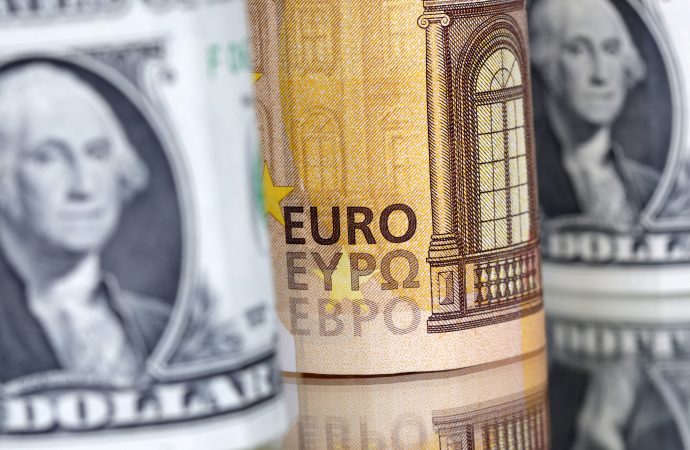In the ever-evolving landscape of global finance, one currency has stood the test of time, and that’s the United States dollar. Its journey from the Gold Standard to becoming a fiat currency is a fascinating saga that reflects the dynamism of economic policy, politics, and the interconnectedness of the modern world. A Gilded Beginning: The
In the ever-evolving landscape of global finance, one currency has stood the test of time, and that’s the United States dollar. Its journey from the Gold Standard to becoming a fiat currency is a fascinating saga that reflects the dynamism of economic policy, politics, and the interconnectedness of the modern world.
A Gilded Beginning: The Gold Standard Era
The story begins in the 19th century when the United States officially adopted the Gold Standard in 1900. Under this system, the value of the U.S. dollar was directly tied to a specific amount of gold. It was a time when a dollar bill represented a promise – a promise that it could be exchanged for a fixed quantity of gold, instilling confidence in the currency.
For decades, this standard provided stability to the U.S. economy. It facilitated international trade and investments, making the U.S. dollar a global currency of choice. The phrase “as good as gold” became synonymous with the American greenback, embodying the nation’s financial prowess.

Image by: https://img. resized.co
The Shifting Tides: The Great Depression and Bretton Woods
The Great Depression of the 1930s brought an economic reckoning that ultimately shattered the Gold Standard’s glittering facade. The U.S. government found it increasingly difficult to maintain the fixed gold reserves, leading to a temporary suspension of gold convertibility under President Franklin D. Roosevelt in 1933. In 1971, President Richard Nixon ended the U.S. dollar’s convertibility to gold altogether, ushering in a new era.
This pivotal moment marked the transition from the Gold Standard to a fiat currency system, where the U.S. dollar’s value was no longer backed by a tangible asset but by the “full faith and credit” of the United States government. To stabilize the international monetary system, the Bretton Woods Agreement was signed in 1944, which pegged various world currencies to the U.S. dollar, effectively making it the world’s primary reserve currency.
The Reign of Fiat Currency
In the years that followed, the U.S. dollar became the undisputed king of fiat currencies. It retained its status as the global standard, and countries held vast dollar reserves to support their international trade and stability. The dollar’s dominance facilitated globalization and the growth of the American financial system. As a result, it’s not just a U.S. currency but a global commodity, and its fluctuations send ripples across the world.
Despite the advantages of a fiat currency system, it comes with its own set of challenges. The freedom to print money can lead to inflation, and the U.S. government’s national debt has surged to unprecedented levels. These issues spark debates about the dollar’s future and its status as the world’s reserve currency.
A Currency in Flux: The Future of the U.S. Dollar
The history of the U.S. dollar is a tale of adaptability, resilience, and transformation. It has moved from being tethered to gold to being a symbol of financial might and, at times, economic uncertainty.
Today, as digital currencies like Bitcoin and Ethereum continue to challenge traditional financial systems, the U.S. dollar finds itself at a crossroads. Its role as the world’s dominant reserve currency is under scrutiny. Central banks, including the Federal Reserve, must navigate the shifting landscape to maintain the dollar’s global prominence.
The journey of the U.S. dollar is far from over. It’s a story that continues to unfold, shaped by the forces of economics, politics, and technology. Whether it remains the cornerstone of the global economy or yields to new contenders is a question that will shape the future of finance and international relations.
In this ever-changing financial landscape, the U.S. dollar’s history remains a testament to the enduring power of currency and its role in the global narrative of commerce and economics. The dollar, like the nation it represents, will continue to evolve and adapt, revealing new chapters in its remarkable history.

















Leave a Comment
Your email address will not be published. Required fields are marked with *